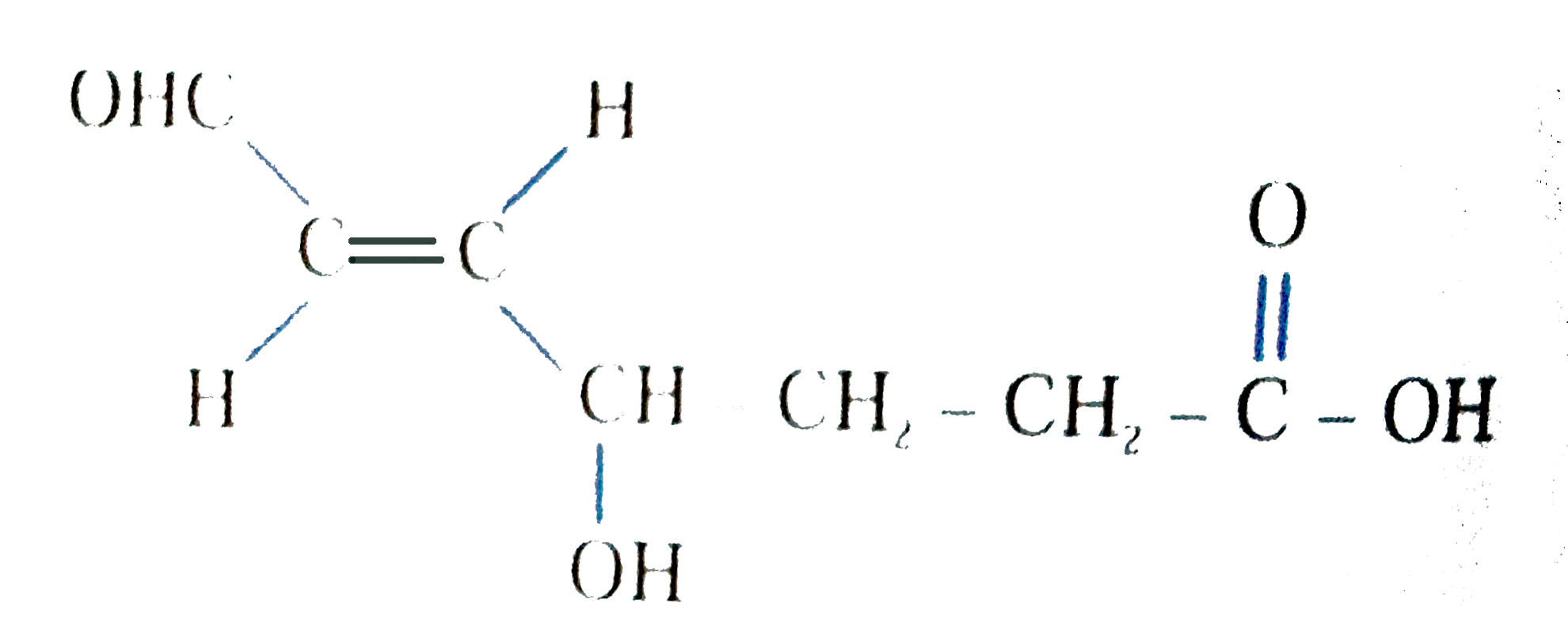For the reaction 2A + 3B → product, A is in excess and on changing the concentration of B from 0.1 M to 0.4 M, rate becomes doubled. Thus, rate law is :
dxdt=k[A]2[B]3
dxdt=k[A][B]
dxdt=k[A]0[B]2
dxdt=k[B]1/2
The correct Answer is:D
Rate of reaction does not depends on excess quantity
Topper's Solved these Questions
- CHEMICAL KINETICS Book:NARAYNAChapter:CHEMICAL KINETICS Exercise:EXERCISE -2 (H.W) (ORDER OF REACTION)
Explore 16 Videos
- CHEMICAL KINETICS Book:NARAYNAChapter:CHEMICAL KINETICS Exercise:EXERCISE -2 (H.W) (HALF LIFE)
Explore 13 Videos
- CHEMICAL KINETICS Book:NARAYNAChapter:CHEMICAL KINETICS Exercise:EXERCISE -2 (C.W) COLLISION THEORY
Explore 2 Videos
- CARBOXYLIC ACIDBook:NARAYNAChapter:CARBOXYLIC ACIDExercise:All Questions
Explore 288 Videos
- CHEMISTRY IN EVERYDAY LIFEBook:NARAYNAChapter:CHEMISTRY IN EVERYDAY LIFEExercise:ASSERTION & REASON TYPE QUESTIONS
Explore 10 Videos
Similar Questions
Rate expression for Xa+Yb→ products is Rate =K[A]m[B]n. Units of K w.r.t A and B respectively are s−1 and M−1s−1, when concentrations of A and B are increased by 4 times, then
View SolutionThe half life for the reaction N2O5⇔2NO2+12O2 in 24hr at 30∘C. Starting with 10g of N2O5 how many grams of N2O5 will remain after a period of 96 hours ?
View SolutionFor A+B→C+D,ΔH=−20kJmole−1. The activation energy for the forward reaction is 85 kJ. Then the activation energy for the backward reaction is ___
View SolutionProvide IUPAC name of the compound given below.

View Solution(A) Analgesics bring down body temperature during high fever.
(R ) Tetracyclin is a tranquillizer.
View SolutionFor 2A + B + underset((excess))(C ) rarr Products, calculate: (a) Rate expresison, uisng rate law. (b) Units of rate and rate constant. (c ) Effect on rate, if the concentration of A is doubled and that of B is tripled.
View SolutionFor the reaction 2A + 3B → product, A is in excess and on changing the concentration of B from 0.1 M to 0.4 M, rate becomes doubled. Thus, rate law is :
View SolutionIn a reaction A + B → Products
(i) If the initial concentration of A is doubled and B is kept constant, the rate of the reaction is doubled
(ii) If the initial concentration both A and B are doubled the rate of reaction becomes eight times
The rate law of the reaction is :
View Solutionअभिक्रिया A+B→ उत्पाद के लिए यह प्रेक्षित किया गया
(i) कि केवल A की प्रारंभिक सान्द्रतादोगुना करने पर अभिक्रिया दर भी दोगुनी हो जाती है
(ii) A तथा B दोनों की ही प्रारंभिक सान्द्रतादोगुना कर देने पर, अभिक्रिया की दर 8 गुना हो जाती है
इस अभिक्रिया की दर निम्न द्वारा दी जाएगी
View SolutionFor a first order reaction (A)→ products the concentration of A changes from 0.1 M to 0.025 M in 40 minutes . The rate of reaction when the concentration of A is 0.01 M is :
View SolutionFor the reaction 2A+B rarr product, doubling the initial concentrations of both the reactants increases the rate by a factor of 8 and doubling the concentration of B above double the rate. This rate-law for the reaction is
View SolutionFor a first order reaction (A)→ products the concentration of A changes from 0.1 M to 0.025 M in 40 minutes. The rate of reaction when the concentration of A is 0.01 M is
View SolutionFor a first order reaction , A to Products, the concentrations of A changes from 0.1 M to 0.025 M in 40 minutes. The rate of reaction when the concentration of A is 0.01 M is:
View SolutionFor the reaction : 2A+2B→2C+D, if concentration of A is doubled at constant [B], the rate increase by a factor of 4. If the concentration of B is doubled with [A] being constant the rate is double. Write the rate law of the reaction.
View SolutionFor 2A(excess)+B+C→ Products, calculate:
(a) Rate expresison, uisng rate law.
(b) Units of rate and rate constant.
(c ) Effect on rate, if the concentration of A is doubled and that of B is tripled.
View SolutionFor a first order reaction, (A)→ products, the concentration of Changes from 0.1 M of 0.025 M in 40 min. The rate of reaction wien the concentration of Ais 0.01 M is
View Solution